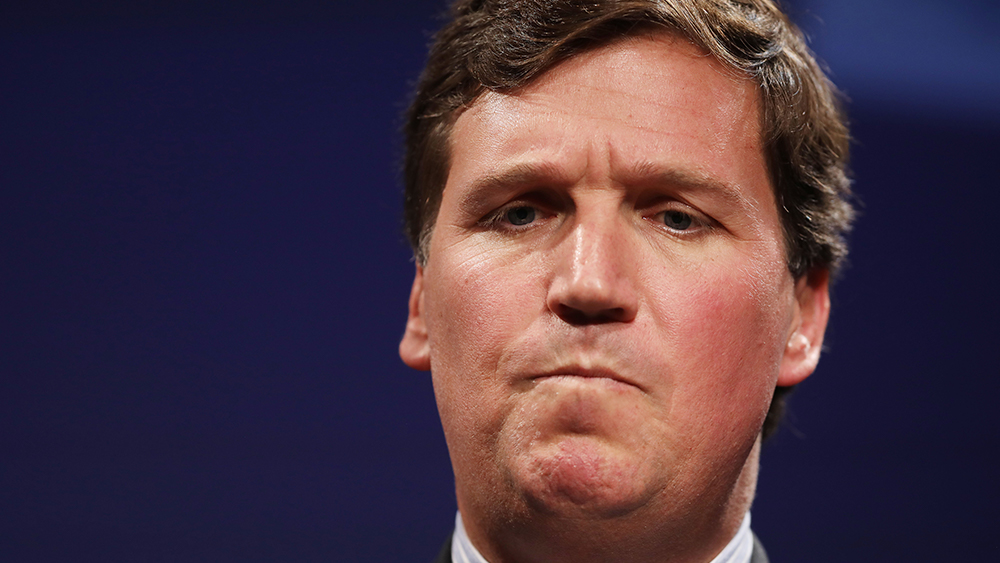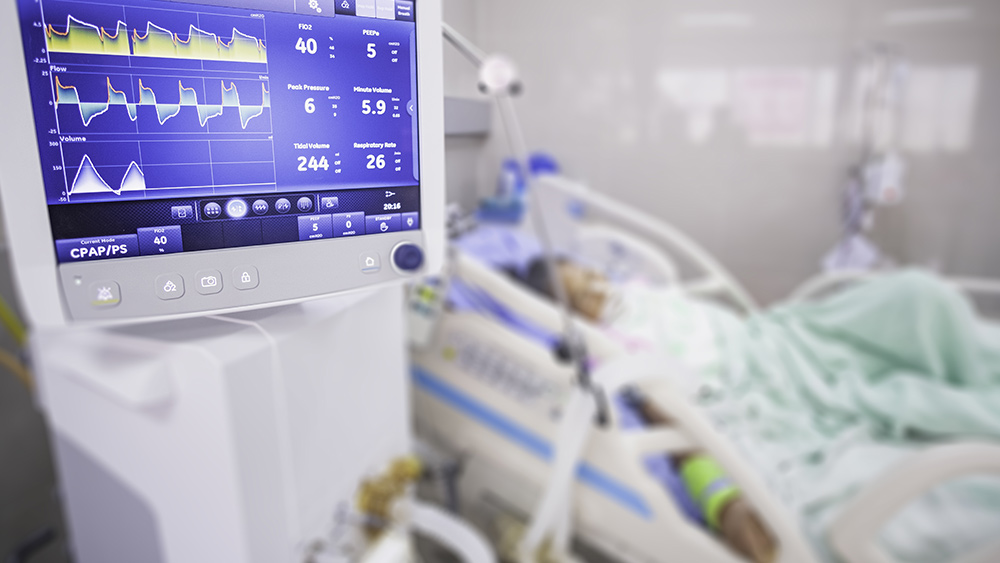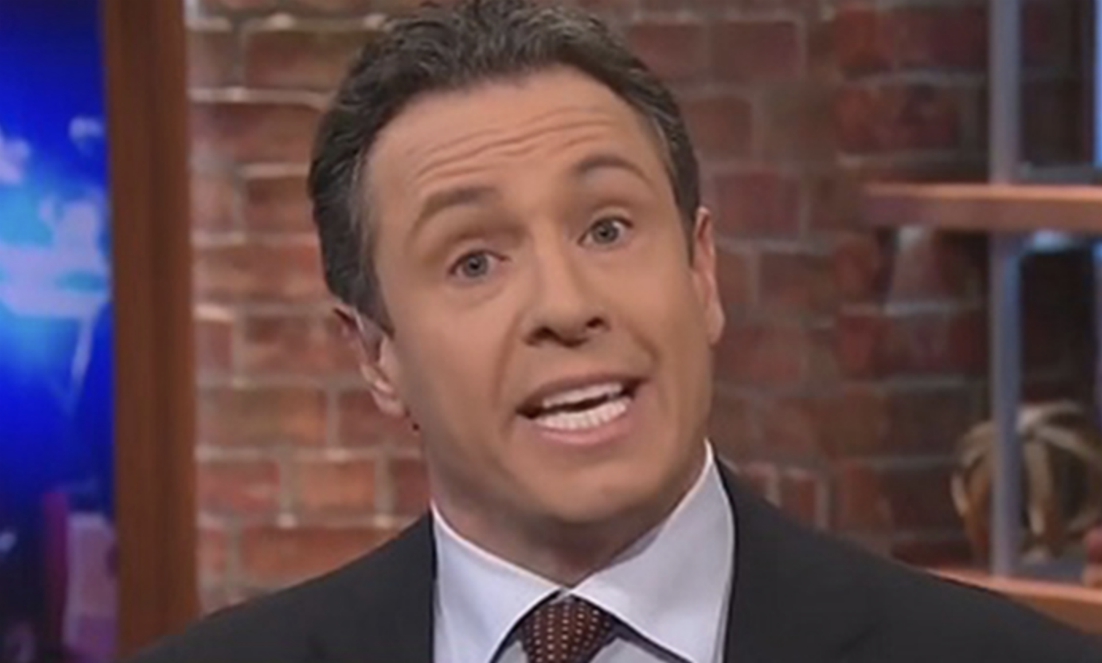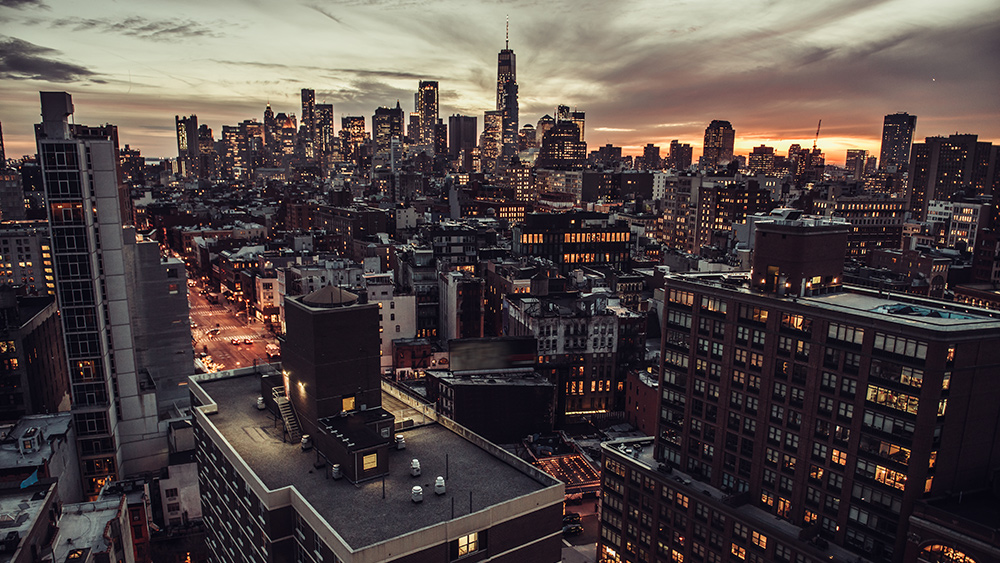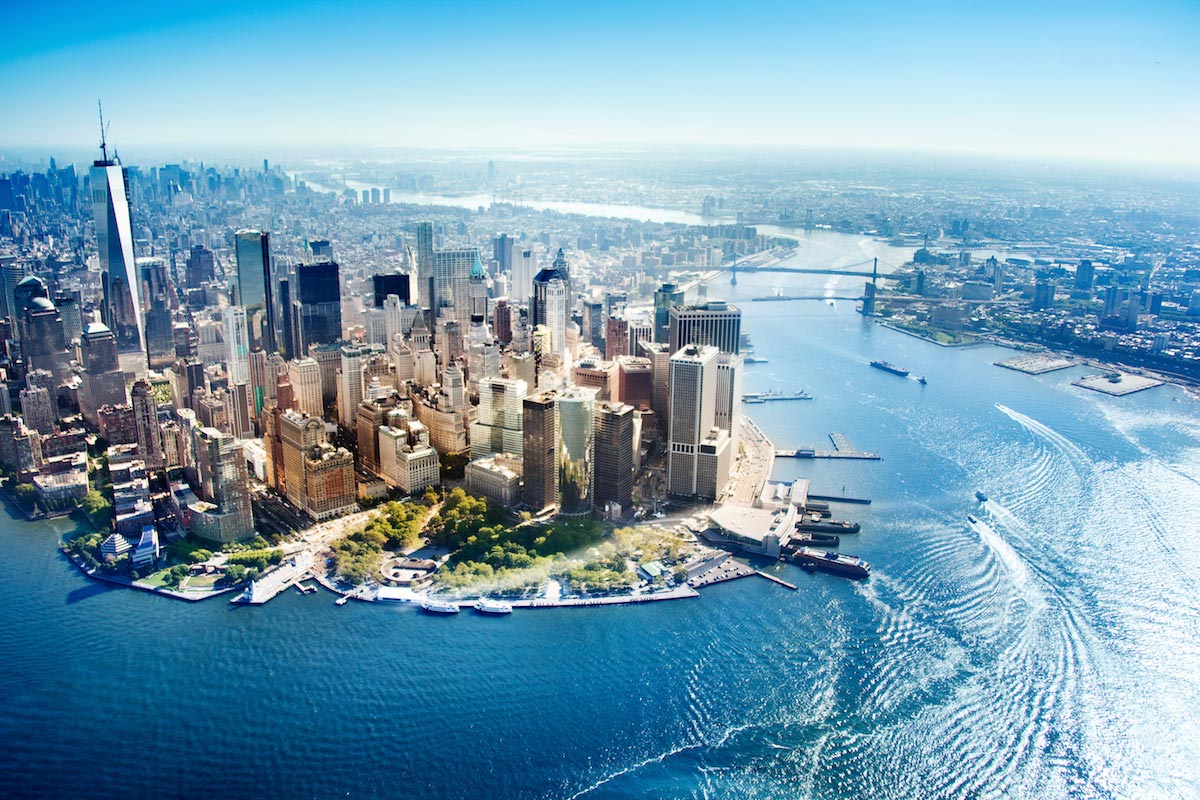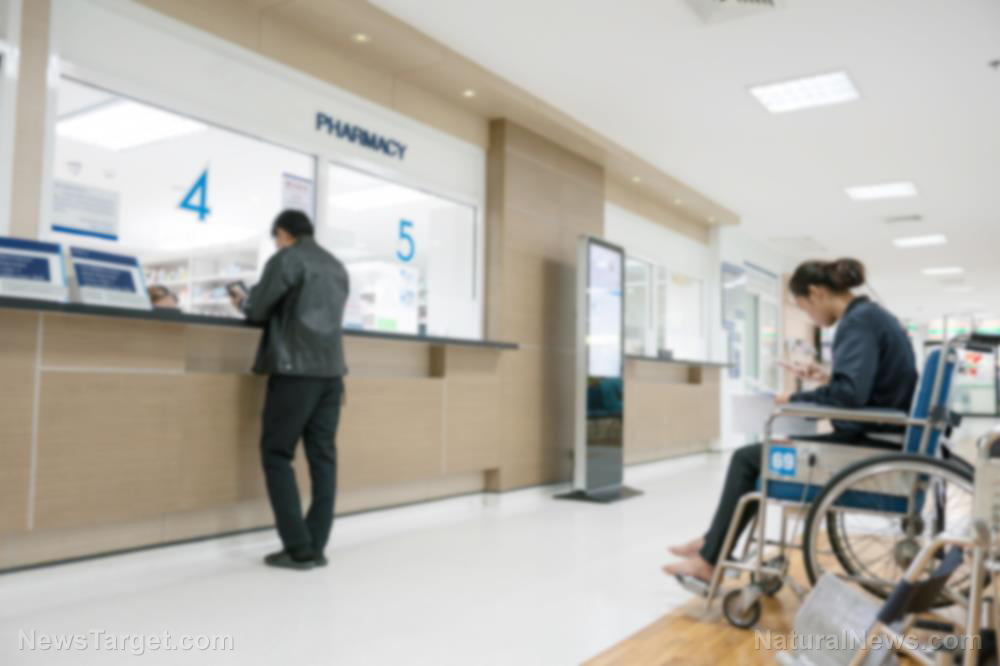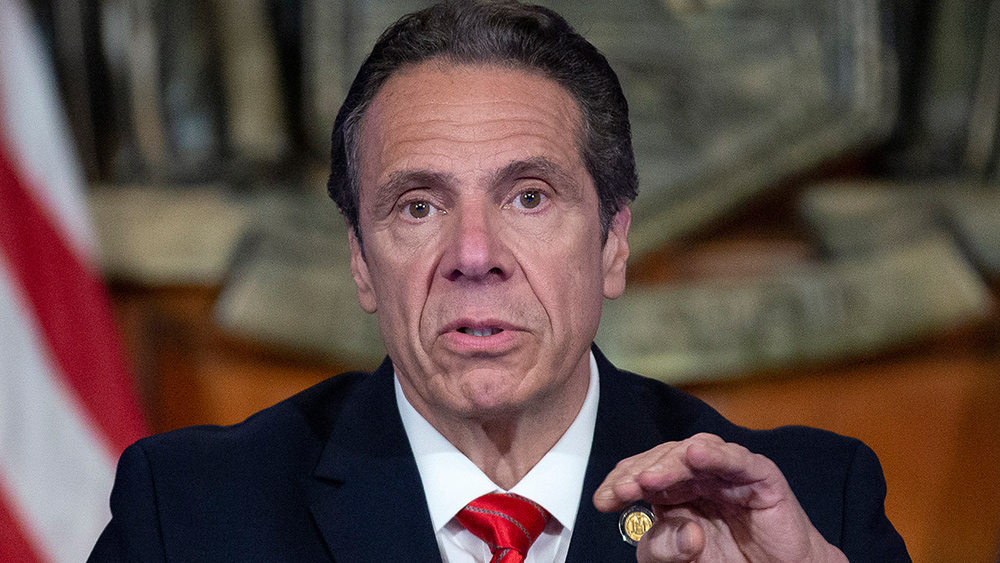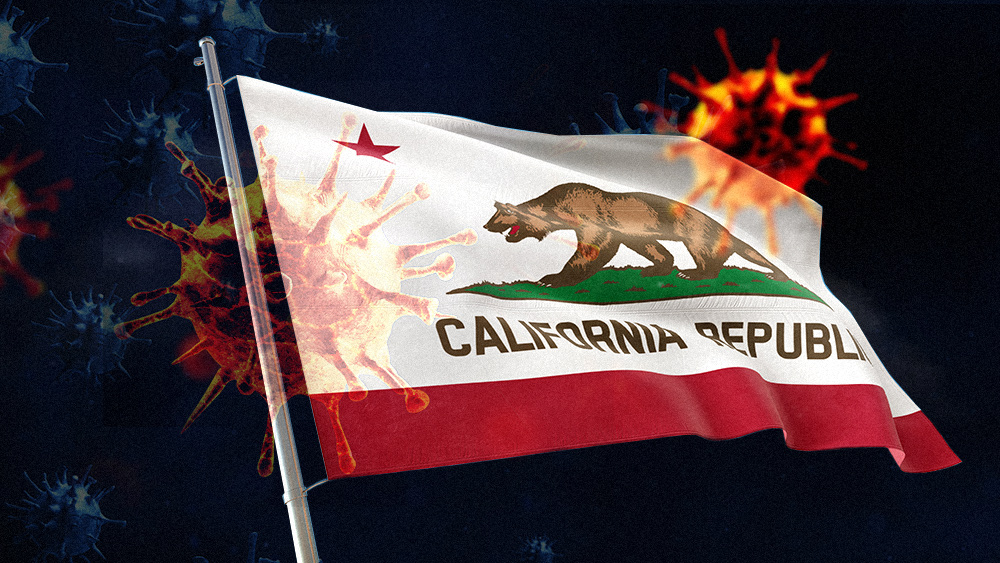
A health official in Los Angeles County condemned youths who use their negative COVID-19 tests as an excuse to party. Barbara Ferrer, the Los Angeles County director of public health, said she received reports of young people getting COVID-19 tests and using negative test results to justify hosting or joining large gatherings. She spoke out against this “troubling” trend among millennials and cautioned against the practice.
Ferrer said on Nov. 16 that the practice of getting tested and partying afterward creates “a false narrative,” since tests can produce misleading results depending on a variety of factors – including the timing. She told the LA Times: “Your test result that you got Saturday morning was from Thursday when you got tested, and it said … ‘you were negative.’ It says nothing about whether you’re still negative on Saturday.”
The public health director wanted people to understand that “testing on Thursday … [to] party on Saturday” was not a good idea, adding that it was “not effective” and “wasting a valuable resource.”
According to Ferrer, an infected person could still produce negative results if they are tested because the virus has not yet replicated itself enough to be detected. It was also possible for someone to contract the coronavirus after being tested, which was more likely to occur if people do not quarantine themselves pending their results.
Her warning came as the state of California, where Los Angeles County is located, recorded a million COVID-19 cases since the pandemic began in March. The state also faced a recent spike of cases: Ferrer remarked that adults 18 to 29 years old now make up the majority of new cases in Los Angeles County, Calif.’s most populous county.
As the U.S. braces for a second wave of coronavirus infections alongside the Thanksgiving and Christmas holidays, health officials have been warning people against hosting large gatherings. However, some are refusing to let the pandemic take over their lives by finding ways to host events safely. Ferrer remarked that these methods to safely host events are “misguided and alarming.”
Other states have implemented similar restrictions
California was not the only state considering restrictions on social gatherings in light of the coronavirus pandemic. The states of New York and New Jersey up in the northeast also retightened public health guidelines they previously relaxed.
New York imposed tighter restrictions ahead of the holidays on Nov. 11, as announced by Gov. Andrew Cuomo. Gatherings at private residences, both indoor and outdoor, will be limited to a maximum of ten people. Cuomo said that the spread of COVID-19 from small indoor gatherings “including Halloween parties” in the previous month triggered the restriction. The governor also mandated that fitness centers and gyms, alongside establishments serving food and liquor, must close from 10 p.m. to 5 a.m. Restaurants will still be permitted to offer curbside pick-up and delivery after 10 p.m., but only food will be permitted for sale. (Related: LOCKDOWN: Cuomo shuts down New Rochelle in New York, sets up one-mile containment zone to be patrolled by the National Guard.)
Meanwhile, New Jersey announced a “retightening” of restrictions rolled back during the summer in anticipation of a possible spike in infections. CBS 3 reported Nov.17 that Gov. Phil Murphy limited indoor gatherings from 25 people to a maximum of only 10. Outdoor gatherings will also be limited to 150 people effective Nov. 23, with strict mask-wearing and social distancing requirements in place. However, the governor said that indoor sports practices and competitions can go beyond the 10-person limit – but only to accommodate the necessary people such as coaches, players and referees. (Related: In New Jersey, if you break coronavirus “stay at home” order, you could go to jail for six months.)
Based on data from Johns Hopkins University, the U.S. currently has an 11.3 million COVID-19 caseload with 248,600 deaths and 4.2 million recoveries.
Stay updated with the latest news about public health orders against mass gatherings at Pandemic.news.
Sources include:
Please contact us for more information.









